Have questions? Call 1-833-BC-WORLD (1-833-229-6753)
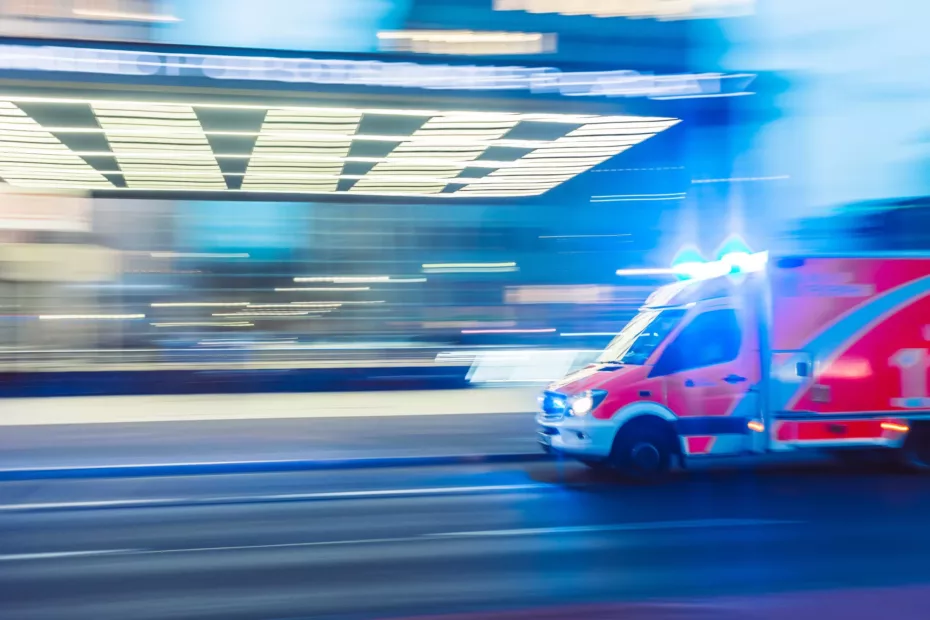
How to Make Your Own Emergency Water Ration & Why It’s So Important
By Alyssa Persinger & Cameron Barnes
Emergencies occur unexpectedly, and they can impact much more than what first meets the eye. When these emergencies happen, it can make previously reliable systems unsafe. Environmental crises can disrupt gas lines, cut out electricity, and–most importantly–affect your access to safe water. Water main breaks, inadequate sewage management, and natural disasters like floods can all lead to contamination and boil advisories.
Why Have an Emergency Water Ration?
Drinking contaminated water can lead to a host of waterborne illnesses, some of which can cause serious long term issues and even death.
That’s why it’s essential to have access to an emergency water ration in unexpected situations.
Thankfully, there are several options when it comes to supplying an emergency water ration. Learning about how they work and how you can incorporate them into your emergency plans can help keep you and your community safe.
Drinking contaminated water can lead to a host of waterborne illnesses, some of which can cause serious long term issues and even death.
That’s why it’s essential to have access to an emergency water ration in unexpected situations.
Thankfully, there are several options when it comes to supplying an emergency water ration. Learning about how they work and how you can incorporate them into your emergency plans can help keep you and your community safe.
Store-Bought Water
The first defense you can have against running out of water in emergency situations is to stock up beforehand.
A good way to do this is to buy pre-packaged water and keep it with your other emergency supplies. The CDC recommends storing at least 1 gallon of water per person for 3 days. A 2-week supply for each person is ideal, if possible.
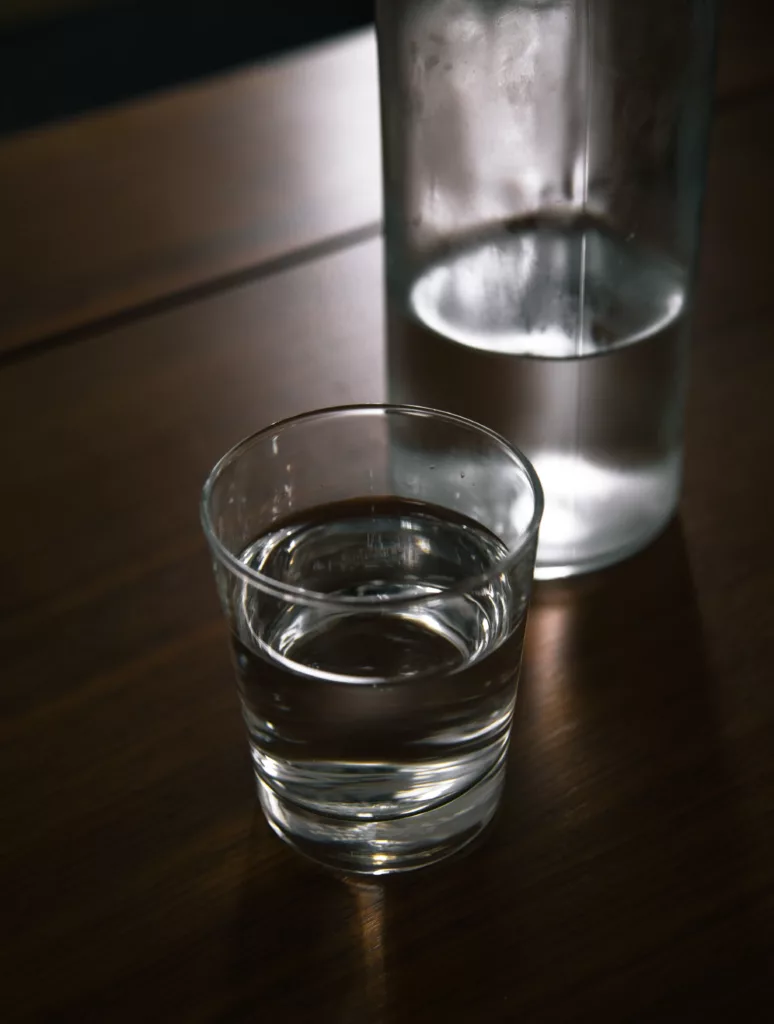
If you plan to fill containers with your own water, the CDC recommends replacing it every 6 months.
Buying and storing water might not work for everyone, especially as emergencies can arise with little to no warning. To create your own emergency water ration in the moment, consider these other methods:
Some effective ways to treat water include:
- Filtration
- Chemicals
- Boiling Water
- Purification Tablets
Water Filtration For Emergency Water Ration
Filtering is one of the oldest water treatments and can be used to create your own emergency water ration on the fly. Typically, it involves using one (or more) materials to trap dirt, foreign particles, and other contaminants as the water goes through it.
There are many different ways to filter water. Countertop filters, faucet filters, and water bottle filters are the most popular, but in an emergency situation, these might not be readily accessible.
If a portable filter is not available, other ways to filter water are through coffee filters, a clean cloth, or paper towels. Using these materials works in a pinch to get rid of dirt, but it’s important to note that they do not guarantee protection against microorganisms.
It is crucial when filtering water that the pore size is no bigger than 1 absolute micron. This is because filters with a pore size no bigger than 1 absolute micron remove more contaminants from the water.
Chemical Treatments
Using chemicals to treat water is often done after filtering the water and can protect against bacteria and other microorganisms that filtering alone might not catch.
Household bleach is a great product to use in an emergency situation to make water safer to drink. However, using bleach as a long term method of water treatment isn’t recommended. If you plan to add this step to your emergency water plan, be careful about how much you are using. Too much or too little bleach can cause severe illness.
For this reason, it is important to know how many drops of bleach to put in the water, and not to use bleach that is scented or has added cleaners. If the bleach is 6% sodium hypochlorite, you add 8 drops to a gallon of water, but if the bleach is 8.25%, you add 6 drops to a gallon of water.
Boiling Water
Another way to purify water in emergency situations is to boil it. To do this, bring a pot of water to a rolling boil for one minute, and then allow it to cool completely. The heat kills bacteria in the water and makes it safe for drinking or other activities.
This is a good solution only if gas sources have not been impacted by the emergency, or there is open space to make a fire. This is not always the case, and it is not always advisable to test gas lines in the wake of a natural disaster because infrastructure may have been damaged and there is a higher risk of explosion or fire.
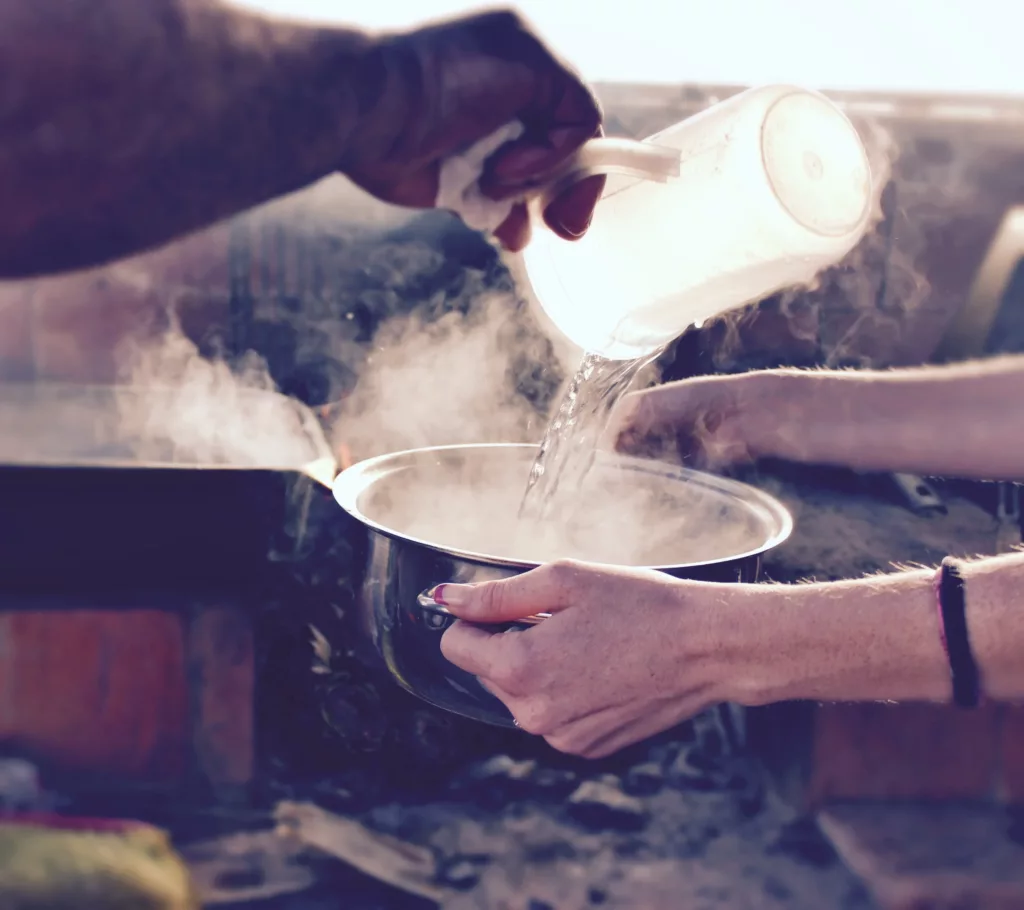
Water purification Tablets
Water purification tablets, such as Aquatabs, are some of the most reliable emergency water treatments. These tablets work by releasing chlorine into water, which kills bacteria and other pathogens.
One of the draws of this solution in emergency situations is that it continues to purify water over a 24 hour period, releasing more chlorine as it becomes necessary. There is also no need for other tools or materials; one small Aquatabs tablet will disinfect 64 ounces of water in just 30 minutes.
Additionally, the lightweight and durable packaging makes it convenient to carry on the go and in different environments. This makes Aquatabs a great option when creating an emergency water ration.
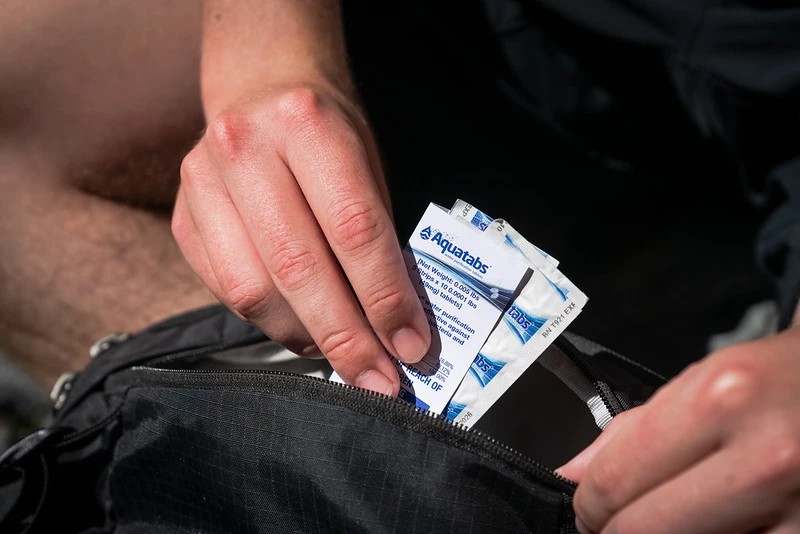
When to use water tablets in emergencies
Different disasters that affect access to safe water:
- Natural Disasters
- Civil Conflict and Cyber Attacks
- Boil Alerts
Natural Disasters
Natural disasters can be sudden and devastating, and preparing for them has become more and more crucial over the past several years. According to a report by Forbes, natural disasters are occurring more frequently; the U.S. has experienced an average of 18 billion-dollar climate disasters every year for the past five years.
Now more than ever it is important to be prepared for crises like floods, tornados, hurricanes, earthquakes, and wildfires. During these emergency situations, water can easily become contaminated.
For example, floods and earthquakes can cause pipes to burst and cause contamination in wells. These effects make it easier for water to be contaminated by human sewage and chemicals.
Using Aquatabs is an easy way to be prepared for these emergencies because it has a shelf life of up to five years. Keeping tablets in your home in case of a natural disaster could help you access safe drinking water when you need it the most.
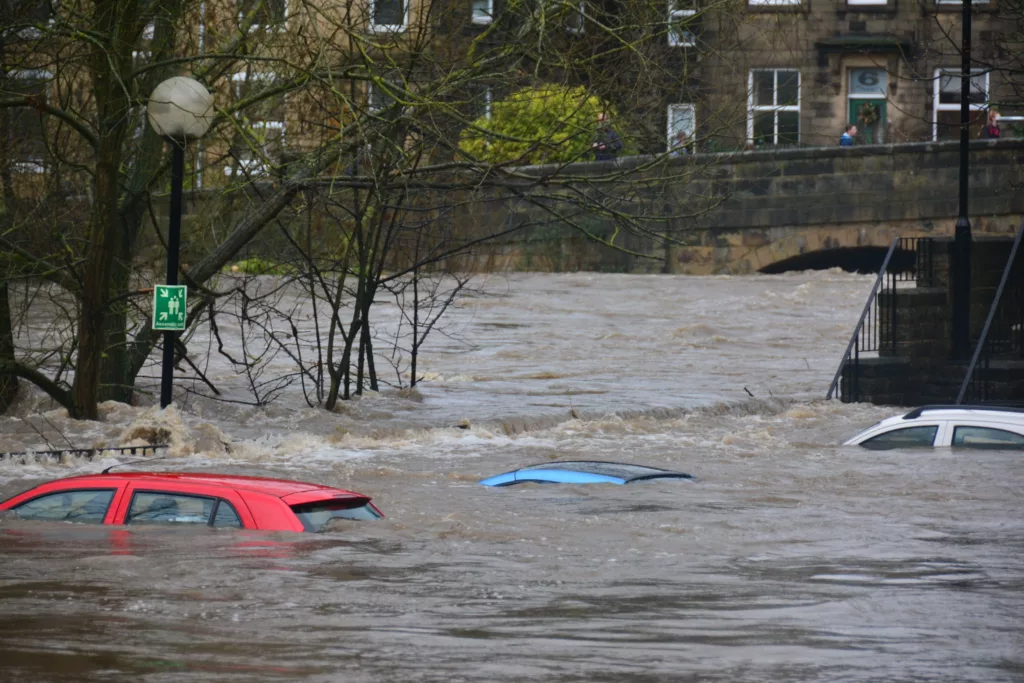
Civil Conflict & cyber attacks
These kinds of emergencies are often times of extreme unrest and could require you to leave your home with little to no warning.
In these instances, it is not guaranteed that clean water will be available, and so portable, lightweight solutions are preferable. For example, tablets like Aquatabs could be used to treat water during civil conflict due to the small packaging. During civil conflicts, Aquatabs are easy to carry if someone needs to leave an area on short notice.
Boil Alerts
Boil alerts are rather common and occur when a community’s water has been contaminated. These advisories are meant to warn citizens not to use the tap water without treating it. This is important because it impacts not just the water you drink, but the water used to prepare food, wash dishes, or brush teeth.
In these situations, boiling water or using small amounts of bleach are effective treatments. However, to save time and reduce risk, purification tablets can be a great alternative.
The Importance of Being prepared for emergency situations
Having a back-up plan for an emergency water ration can preserve your time, money, and health in the long run. It is important to save up on water filters, chemicals, or purification tablets to ensure that everyone is safe in emergency situations.
If you are interested in learning more about how to stay safe during disasters, check out our products here. We offer a variety of water purification tablets and filters in different sizes and amounts so that everyone can find a fit that works for them.
Recent Posts
-
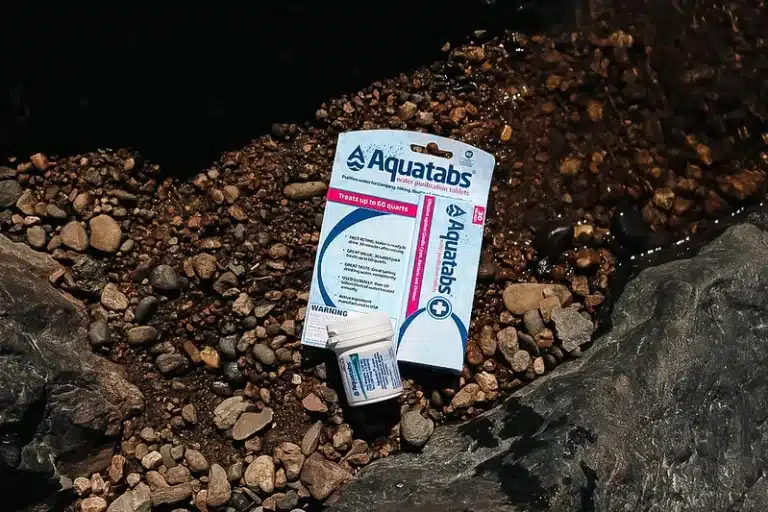
How to Use aquatabs for water purification while hiking
May 7, 2025 UncategorizedSo, you’re planning your next hike. You’ve got all the gear: your backpack, boots, binoculars—and Aquatabs to make sure you stay hydrated and healthy on.
-
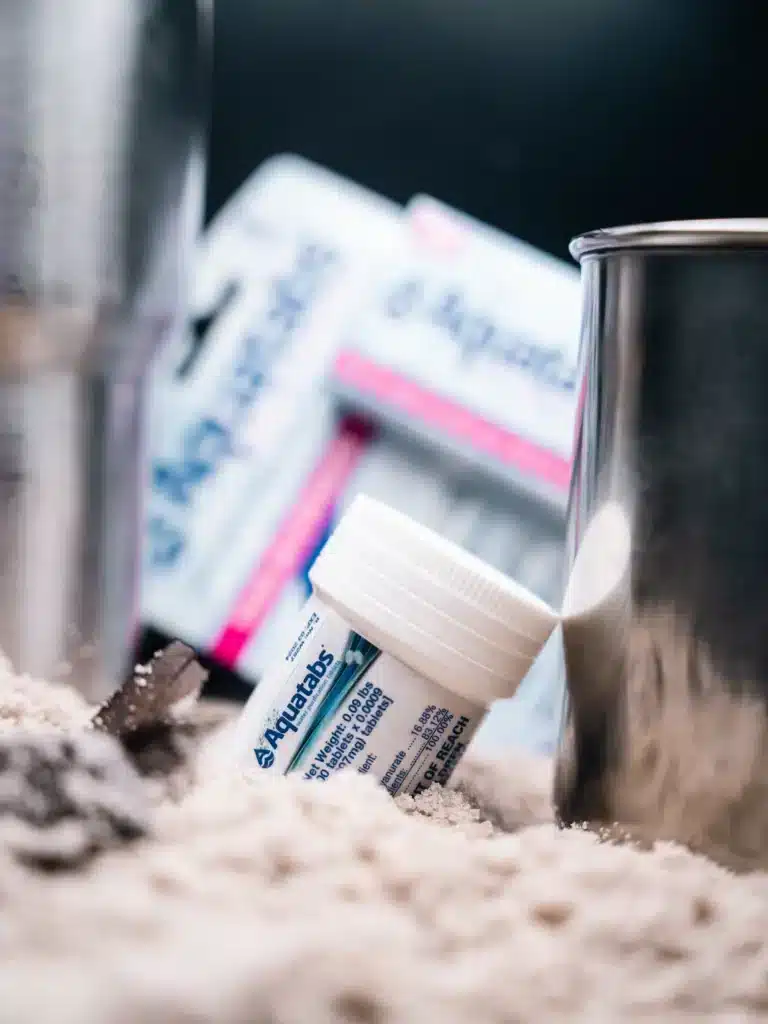
How do Aquatabs Work? The Science Behind Water Purification Tablets
April 18, 2025 UncategorizedBy: Jessica Miller Aquatabs: a fast-working water purification tablet that everyone knows and loves. However, not everyone understands how this helpful little tablet works. There.
-

Aquatabs Celebrates Women’s History Month: Historic Female Adventurers
March 28, 2025 UncategorizedBy: Jessica Miller History is not recorded objectively. Rather, it is dictated by social standards and circumstances. Although these social standards are constantly moving and.
-

Love in Every drop: How aquatabs water purification tablets help protect what matters most
February 13, 2025 UncategorizedBy: Jessica Miller February is here and love is in the air! Congratulations to all for making it through the cold length of January! Whether.
-
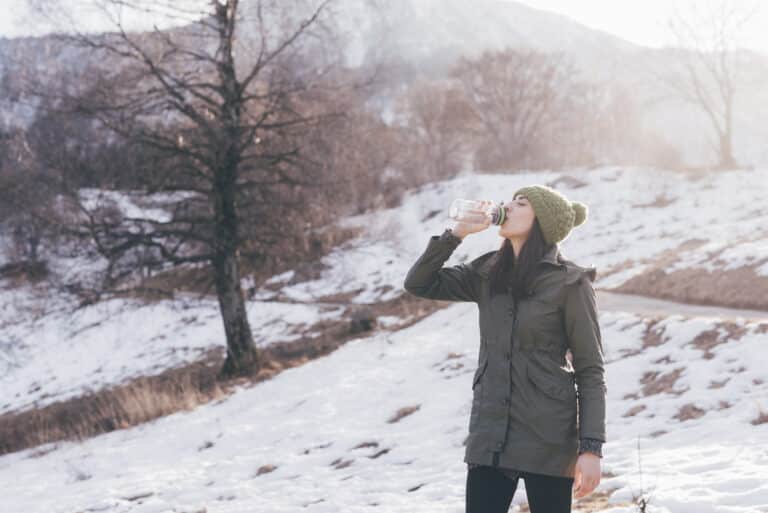
New Year's Resolution: Drink More Water
January 10, 2025 UncategorizedAs we adventure into the New Year, make staying hydrated a top priority! Protect your health at the same time by ensuring your water is.
-
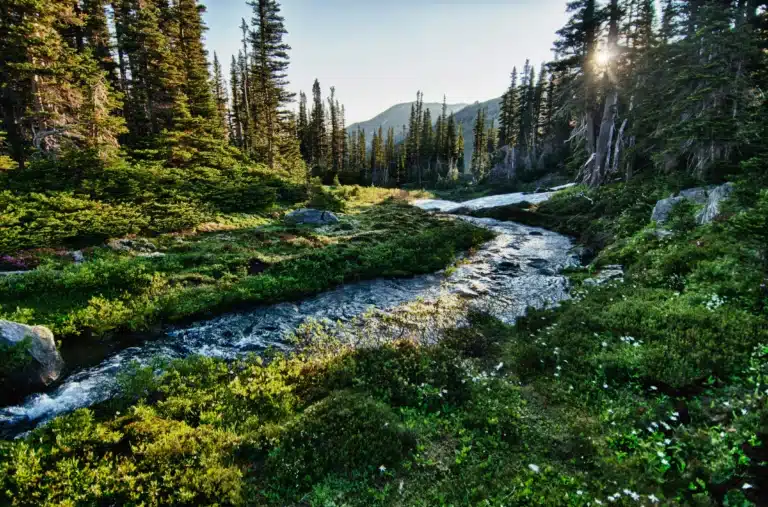
Aquatabs Holiday Gift Guide | Presents for Outdoors Lovers
December 5, 2024 NewsWe know that it can be tough to find that special something for the hiker, camper, or adventurer in your life - but there’s no need to stress! We’ve compiled a list of our favorite gear so that you can choose a gift that will keep giving all year round.
Recent Posts
-

How to Use aquatabs for water purification while hiking
May 7, 2025 Uncategorized -

How do Aquatabs Work? The Science Behind Water Purification Tablets
April 18, 2025 Uncategorized -

Aquatabs Celebrates Women’s History Month: Historic Female Adventurers
March 28, 2025 Uncategorized -

Love in Every drop: How aquatabs water purification tablets help protect what matters most
February 13, 2025 Uncategorized -

New Year's Resolution: Drink More Water
January 10, 2025 Uncategorized -

Aquatabs Holiday Gift Guide | Presents for Outdoors Lovers
December 5, 2024 News

